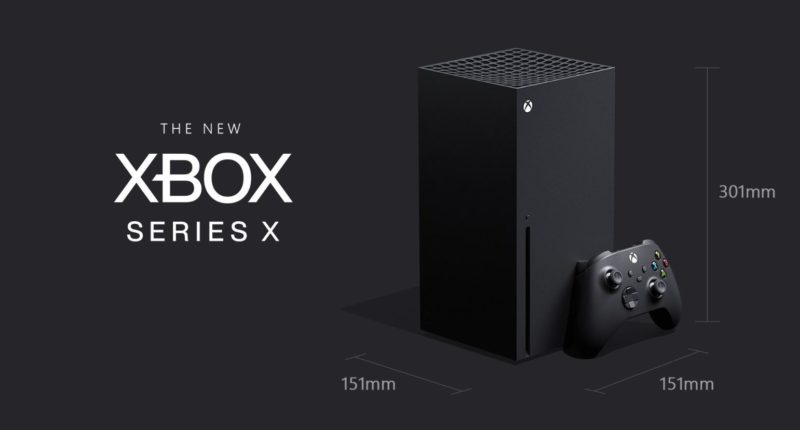Gaming industry’s biggest event, the E3 conference, recently joined an ever increasing list of big tech conferences being pulled off due to the ongoing coronavirus outbreak. That resulted in many exhibitors turning to an online-only mode for revealing the latest in gaming hardware and software. One such exhibitor is Microsoft, and it has made perhaps the biggest revelations on the Xbox Series X, today.
The company has been making tweets and teasing developers about the new Xbox Series X from quite some time now and has come out with its most vivid and extensive breakdown today.
In 4 different blog posts and one video analysis, the company has shed a lot more light on the wrapped up(till now) project. This can be regarded as a full blown launch, or atleast close, since there isn’t a lot left to the imagination.
Are you ready for the fastest, most powerful Xbox console ever? 💪
Take a closer look at the next-gen tech inside Xbox Series X.
👀 more on https://t.co/Nf3xumTcxw: https://t.co/igOuxEjbyr
📝 full details on @XboxWire: https://t.co/PXQpNw2UCq#PowerYourDreams pic.twitter.com/Hhsy4zeAbo
— Xbox (@Xbox) March 16, 2020
The new device sounds like a beast under the hood, boasting an octa-core CPU, a GPU worth 12 TFLOPS of power, a 16 GB GDDR6 RAM, 1 TB of internal storage(expandable upto 2 TB) and a 4K UHD blue drive. The device aims to achieve the 4K @ 60 FPS capability that has only been the turf of PC master-race now, pushing the boundaries on what consoles are capable of.
Microsoft’s DirectX family is also getting a new member in the form of ‘DirectStorage’. It is one of the components that comprise the Xbox Velocity Architecture. Modern games perform asset streaming in the background to continuously load the next parts of the world while you play, and DirectStorage can reduce the CPU overhead for these I/O operations from multiple cores to taking just a small fraction of a single core; thereby freeing considerable CPU power for the game to spend on areas like better physics or more NPCs in a scene. Microsoft says it is debuting DirectStorage with Xbox Series X and plans to bring it to other devices soon.
Xbox Series X includes support for high performance, hardware accelerated raytracing. Xbox Series X uses a custom-designed GPU leveraging the latest innovation from AMD and built in collaboration with the same team who developed DirectX Raytracing.
Xbox Series X also gets hardware decompression, a dedicated hardware component to allow games to consume as little space as possible on the SSD while eliminating all CPU overhead typically associated with run-time decompression.
The device will also come with backwards compatibility, meaning that games bought and made for the previous generation of Xbox consoles will be playable for Xbox Series X, ushering in faster loading screens, higher frame counts and an all around improvement in playability.
The company claims (and hopefully rightly so), that this is its most powerful device till date, leveraging AMD Zen 2 and RDNA2 structures. The console will have 4 times the processing power of Xbox One and enhancing the GPU power to 12 TFLOPS, 2 times that of Xbox One X and 8 times the original Xbox One.
The move to SSD will make loading screens shorter and gaming experience a lot smoother. This also opens up the possibility of larger worlds and maps in games.
The biggest feature still remains the jump to 120 fps(in some cases), exceeding the 60 fps cap put on consoles and also brings in the possibility of 60 fps on 4k, a feature that players have been looking for from a long time.
A new console war is imminent, with Sony planning to launch the PS5 soon. Suffice to say, Sony took the trophy last time, mostly relying on its quality exclusives like God of War, Last of Us, Spiderman and the Uncharted Series. It is yet to see how Microsoft plans to deal with these franchises that have been set up on Sony’s platform.
For further details, look up https://news.xbox.com/en-us/2020/03/16/xbox-series-x-glossary/





